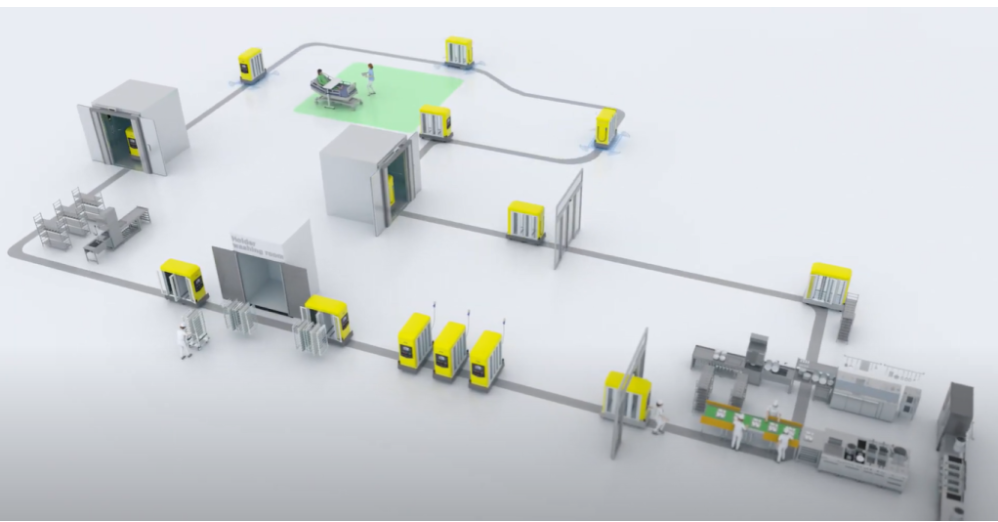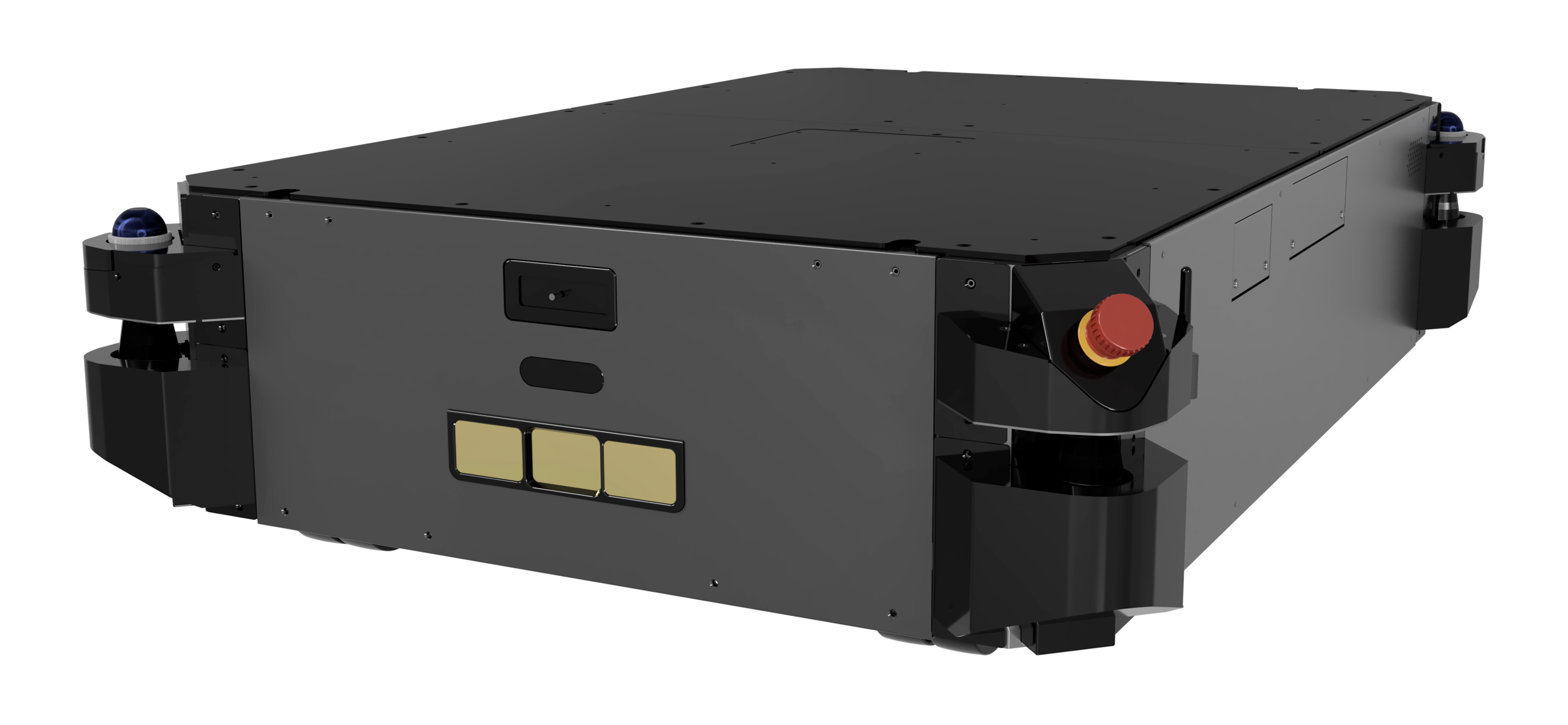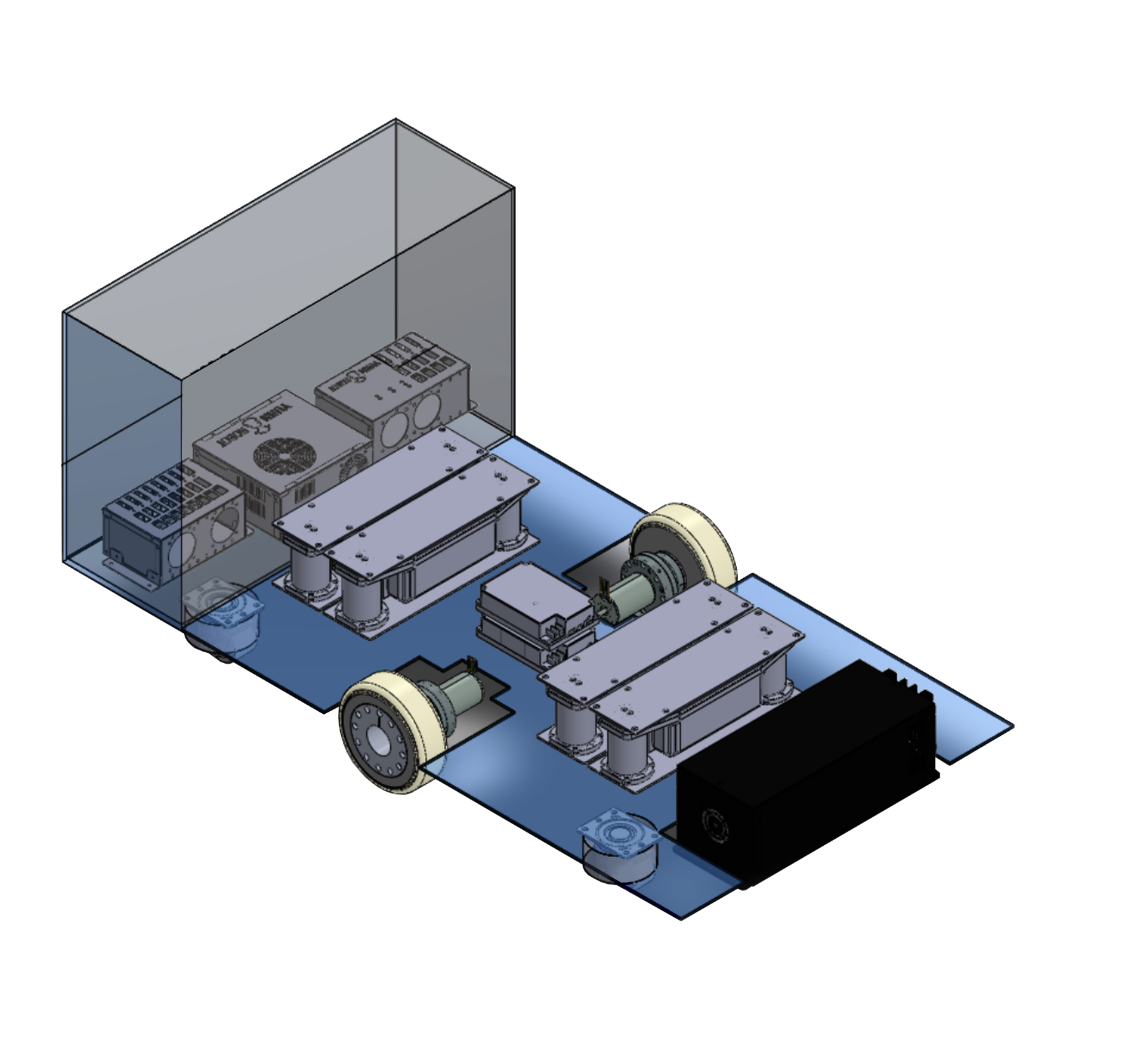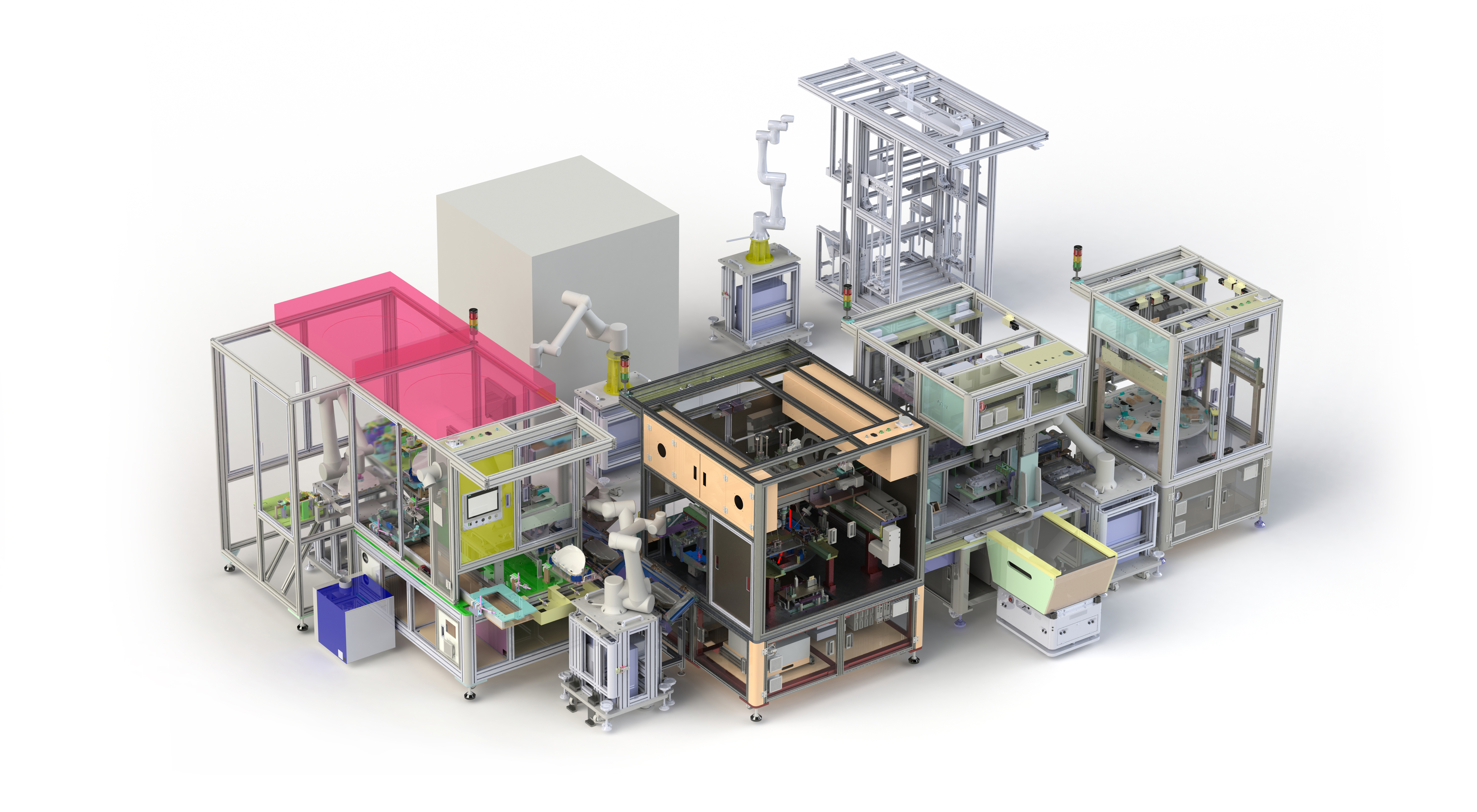As robots become commonplace in more work environments, many manufacturers are realizing that it’s no longer a matter of “if” they should employ a robot — but when.
Rapid advancements in technology mean that robots can carry out more tasks, which has made robots in manufacturing environments an increasingly familiar sight. And for those who want to stay competitive, robots just might hold the key.
Manufacturing robots have come a long way since the introduction of industrial robots in the 1950s; they’ve grown from simple, single-function machines to programmable, customizable additions to the factory floor. Whether you’re looking to expand your workforce or are considering long-term changes to your manufacturing infrastructure, robots are likely entering into your plans.
That makes it a good time to look at how robots can improve processes and think about what considerations need to be made to implement robotics in your manufacturing environment.

What Can Robots Do for You?
Robots can be used in many different settings and for different purposes. The type of robot needed depends upon the environment, but today, robots are found in segments including electronics manufacturing, the automotive industry, food manufacturing, medical environments and agriculture.
Manufacturing has jumped to the front of the line when it comes to onboarding robots; according to Inc., by 2006 about 90% of working robots could be found in factories. And, according to the International Federation of Robotics, in 2021 there were an average of 126 robots per 10,000 employees in the global manufacturing industry. (Five years early, that number stood at just 66 robots per 10,000 employees.)
However, before bringing in robots, it’s important to look at what they can do for your specific environment and understand how to maximize your investment into this rapidly evolving area. It’s also critical to keep in mind how they can be used in the future as manufacturing environments become increasingly automated and connected.
Having a long-term vision for your facility and being able to see how the robots you bring in today can fit into that plan tomorrow will help ensure that you’re preparing for a factory of the future.
When to Bring in the Robots
Every facility has specific needs, but some concerns are universal. And when it comes to implementing robots for manufacturing, there are five common reasons that facility owners and managers start looking more seriously at this option. We’ll look at each of those reasons and explain how robots can provide the necessary solutions.

- Your facility needs to increase output.
When demand goes up, so does the need to get more hands on deck. Traditionally that has meant hiring more workers or requiring employees to put in longer shifts. In the current work environment, as mentioned above, that’s not always an option. Still, you need to be able to meet that increased demand or risk losing business.
That’s where an investment in robots can provide the solution your manufacturing facility is looking for. Robots can be brought “up to speed” quickly and don’t require training; they also can be reprogrammed to take on a different work assignment as needs change.
- You’re having challenges with your workforce.
While robots will never be able to do everything a human worker can do, they can help fill in gaps in your workforce. The past two years have brought dramatic changes in workforce habits, and manufacturing has been hit particularly hard.
At the same time about 10,000 Baby Boomers are reaching retirement age each day, the so-called Great Resignation has seen people leaving their jobs in unprecedented numbers, with a record 50.5 million people quitting their jobs in 2022. Add to that the challenges of “quiet quitting” — in which workers do just enough to get by — and the new trend of “bare minimum Mondays” and you may find yourself short-handed and unable to meet quotas or demands.
Implementing robots can help complete tasks that are less desirable for many workers and therefore make filling those positions more difficult. It also slashes the costs associated with hiring, training and turnover for such job positions .
- You want a safer workplace.
Despite all best intentions, manufacturing facilities are still fraught with dangers. With so much heavy, moving equipment, it’s not unusual to have collisions, backing incidents and load spills — all of which can result in severe injury or even death.
Because they’re equipped with sensors, robots can avoid those dangers. And they also reduce the risk of back and neck injuries — which are common in industrial environments due to lifting or moving heavy objects or from repetitive motions.
For example, autonomous mobile robots, or AMRs, have a sophisticated navigation system that allows them to move heavy loads safely through a manufacturing environment. When robots are brought on to do the heavy lifting, it improves both safety and efficiency. It also reduces mental fatigue and frees up employees’ time to work on other important tasks.
- You want more efficient operations.
In addition to boosting productivity and output, manufacturing facilities want to look at how to streamline workflows. Automation is synonymous with increasing efficiency, and that directly affects the bottom line.
Robots can increase efficiency by reducing or eliminating human errors, reducing waste (and wasted time) and ensuring a consistent pace or workflow. Further, they’re stronger, faster and more precise than humans — and when robots work side-by-side with human employees, it can help increase the facility’s output without exerting extra pressure on workers.
In fact, according to the World Economic Forum, the optimal situation for facilities today is to combine the strength and speed of robots with the critical thinking skills and dexterity of human workers. Allowing robots to supplement your human workforce or complete tasks that are prone to human error creates a more efficient environment for all.
- You need to replace outdated equipment.
As mechanical equipment fails, it’s a good time to look at what new options are available now while also keeping an eye on where the future is headed. Given the rapid advancements being made in technology, automation, artificial intelligence and machine learning, including robots in that discussion just makes good business sense.
Look at solutions such as pallet-lifting AMRs, autonomous forklifts and other AMRs to provide safe, efficient alternatives to carts, tuggers, casters and traditional forklifts or pallet lifters.

Planning for Tomorrow
As you consider bringing robots on board, one way to overcome worker apprehension is to explain the many ways that robots will complement the existing workforce, not compete with it.
In an environment where robots and humans are able to work together, employees often find greater job satisfaction in addition to enjoying a safer workplace experience. It may allow them to minimize the more mundane, unpleasant aspects of their jobs, which results in happier, more productive workers.
Mapping out what processes can be automated can help you determine which areas to address first and start creating a long-term strategy. And, as you look at how and where to implement robots, keeping open communication with workers will make them feel less anxious about being replaced and can even build excitement about what they’ll be able to do.
Every manufacturing environment has its challenges and needs, but automation can help solve many of the common challenges being faced by facility owners and managers. Making the decision to add robots to your workforce comes from understanding the long-term benefits and what it can add to your facility as you move into the future.



















